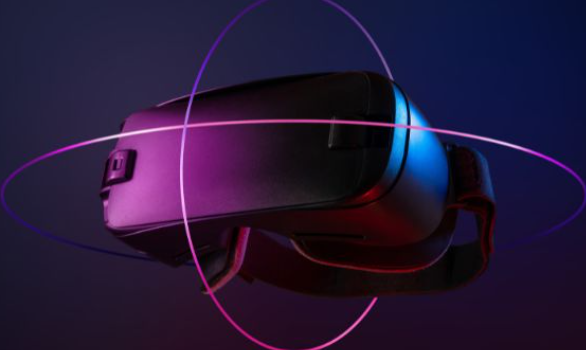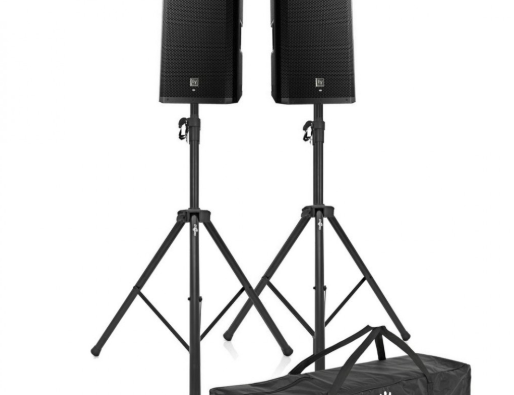
As technology continues to evolve, both Virtual Reality (VR) and Augmented Reality (AR) are reshaping how we engage with the world around us. These innovations are not just changing the way we interact with digital content, but are also having a profound impact across a variety of industries, including healthcare, gaming, retail, and education. While the terms VR and AR are often used interchangeably, they represent two very distinct concepts. Understanding the differences between them is essential to choosing the right technology for your needs.
What is Virtual Reality (VR)?
Virtual Reality immerses users in a completely digital environment, cutting off their connection with the physical world. This technology typically requires specialized hardware, such as VR headsets, controllers, and sometimes additional sensors to enable full interaction with the virtual world. Popular VR systems include devices like Oculus Quest, HTC Vive, and PlayStation VR.
Key Features of VR:
- Total Immersion: VR transports users into a fully digital space, where they can interact and explore in a completely new environment.
- Specialized Hardware: VR requires dedicated devices, including headsets, controllers, and tracking systems.
- Popular Applications: VR is widely used in gaming, simulations for training (e.g., aviation, surgery), virtual tours, and even therapeutic treatments for anxiety or PTSD.
For instance, VR allows users to experience adventures on alien planets or practice complex surgery techniques without leaving their space.
What is Augmented Reality (AR)?
Unlike VR, Augmented Reality enhances the real world by adding digital elements over it. These virtual elements, such as images, sounds, or data, are superimposed on the user’s view of the real world. AR can be accessed through smartphones, tablets, or specialized AR glasses like the Microsoft HoloLens.
Key Features of AR:
- Digital Overlays: AR adds virtual objects to the real world, enhancing real-time experiences without isolating the user from their surroundings.
- Accessible Hardware: Unlike VR, AR doesn’t require expensive or specialized devices, as it can work on everyday smartphones or tablets.
- Widely Used Applications: AR is commonly used in retail (e.g., try-before-you-buy experiences), education (interactive learning tools), and healthcare (providing real-time medical data).
A well-known example of AR is Pokémon GO, where users can see and interact with virtual creatures within their real-world environment using a smartphone.
Key Differences Between VR and AR
| Aspect | Virtual Reality (VR) | Augmented Reality (AR) |
|---|---|---|
| Environment | Fully digital, replaces real-world surroundings | Merges digital elements with the real world |
| Device Requirements | Requires dedicated VR headsets and controllers | Accessible through smartphones, tablets, or AR glasses |
| User Interaction | Immersive, isolates users from the physical world | Interactive, integrates with real-world environments |
| Applications | Gaming, training, virtual experiences | Retail, navigation, healthcare, education |
| Accessibility | Higher setup costs and specialized equipment | Easier access with common personal devices |
When to Choose VR or AR?
The decision between VR and AR largely depends on the context and objectives.
- VR is ideal for situations that require complete immersion. For instance, VR is perfect for:
- Gaming: Creating fully interactive and immersive worlds.
- Training: Simulating complex or high-risk environments for learning purposes (e.g., flying an airplane or performing surgery).
- Therapy: Offering a controlled environment for treating mental health issues, such as phobias or PTSD.
- AR, on the other hand, is more beneficial in contexts where integrating the digital with the real world enhances the experience. Some examples include:
- Retail: Allowing consumers to visualize products, such as furniture or clothes, in their real environment before making a purchase.
- Education: Enhancing lessons with interactive elements and 3D models that help visualize complex concepts.
- Healthcare: Providing surgeons with real-time data overlays during procedures, improving precision.
The Future of VR and AR
Both VR and AR are advancing rapidly, with endless possibilities for the future.
- VR is focused on improving immersion through better graphics, more realistic touch sensations, and advanced motion tracking. It will continue to make an impact on industries like gaming, training simulations, and real estate. Social VR platforms may also open new ways for remote collaboration.
- AR is becoming more accessible, with smartphones and wearable devices such as smart glasses offering increasingly sophisticated AR experiences. Industries like retail, healthcare, and education are using AR to improve engagement and efficiency. The rise of AR glasses and other wearable tech will continue to blur the line between the digital and physical worlds.
Choosing the Right Technology
When deciding whether to use VR or AR, consider these factors:
- Purpose: Do you need a fully immersive experience, or is it better to overlay digital content onto the real world?
- Budget: VR requires specialized equipment, which can be more expensive, while AR can be accessed through most personal devices.
- Audience: Consider the technical skills of the users and their preferences for digital experiences.
Conclusion
Virtual Reality and Augmented Reality are two powerful technologies that are shaping the future of how we interact with both the digital and physical worlds. VR offers complete immersion in virtual environments, while AR enhances real-life experiences by adding digital elements. Both technologies have vast potential in a range of industries and are poised to continue advancing and redefining user experiences.
Understanding the differences between these technologies will help you choose the right one for your needs, whether for entertainment, education, or professional use. The future is certainly bright for VR and AR, and their evolving applications promise to make everyday experiences more interactive and immersive.












